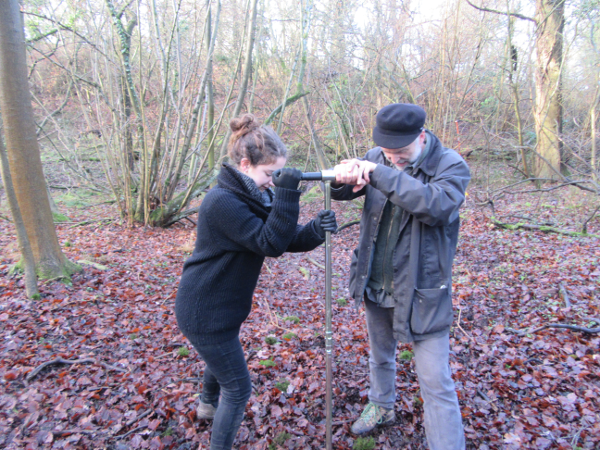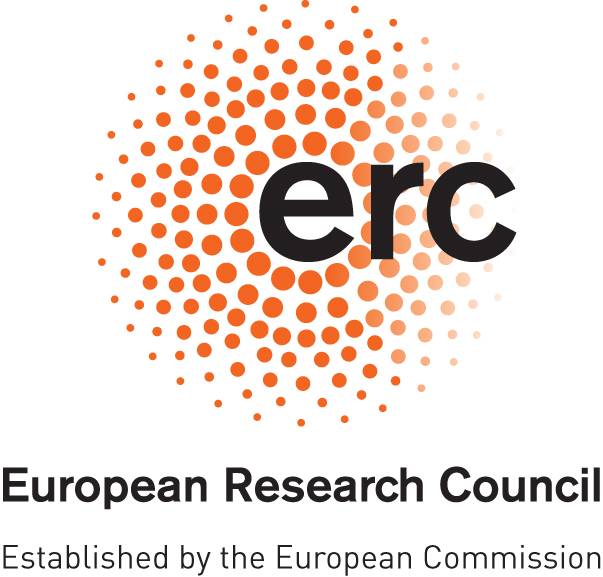About the project
The 'agricultural revolution' of early modern Britain is well known: farming practices were rationalized, intensified and technologized and, perhaps most infamously, this process saw the rapid enclosure of most of England’s remaining open field systems. Less well known but equally significant is the transformation in arable farming that occurred several centuries earlier, which witnessed the creation of those same open field systems, and fed a sharply rising population – a population which had reached unprecedented levels by the 13th century.
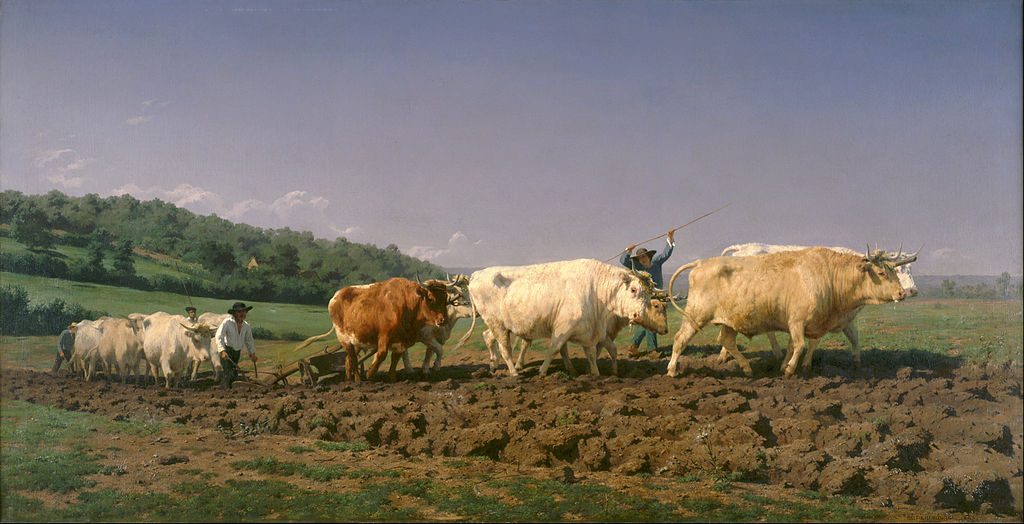
This early medieval agrarian revolution entailed nothing less than the cerealisation of England, in a pattern which also affected much of Europe: the expansion of cereal cultivation was the bedrock of demographic and economic growth. How, when and why this transformation occurred are some of the most abiding questions in British agricultural history, but more than a century of landscape-historical study has failed to produce a consensus.
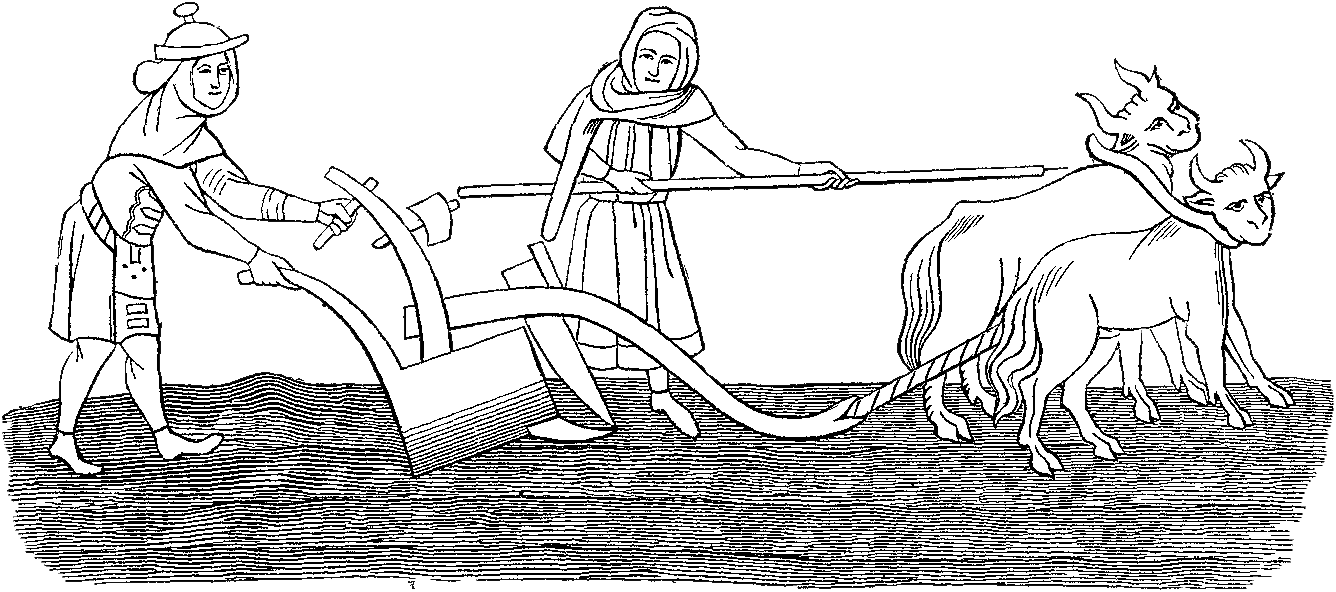
Feeding Anglo-Saxon England (FeedSax) addressed these longstanding conundrums by combining bioarchaeological data with evidence from settlement archaeology. Funded by the European Research Council and based at the Universities of Oxford and Leicester, the project ran for five years (2017-2022). The research team, led by Professor Helena Hamerow (School of Archaeology, University of Oxford), applied a suite of science-based techniques such as stable isotope analysis and functional weed ecology to preserved seeds, animal bones and pollen, to generate the first direct evidence for how crops were grown and livestock kept in this transformative period of agricultural history.
-
Archaeobotany: analysis of crop stable isotopes and arable weed seeds, primarily from ten case study sites, was used to reconstruct methods of cereal cultivation.
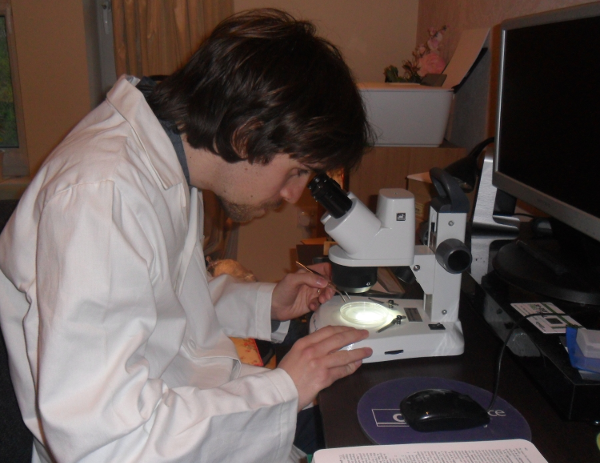
-
Synthesis of botanical and settlement data: interrogation of a dataset including over 4000 archaeobotanical samples from around 300 sites, along with settlement data and plans from published and unpublished excavation reports, was undertaken to address geographical variation across the whole of England.
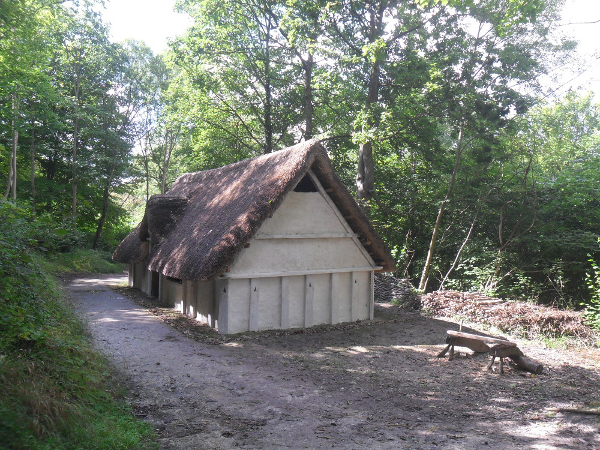
-
Radiocarbon dating: an extensive programme of AMS dating (of grains, bones and pollen cores) was deployed to help track the spread of innovations, such as the mouldboard plough and crop rotation, over time.
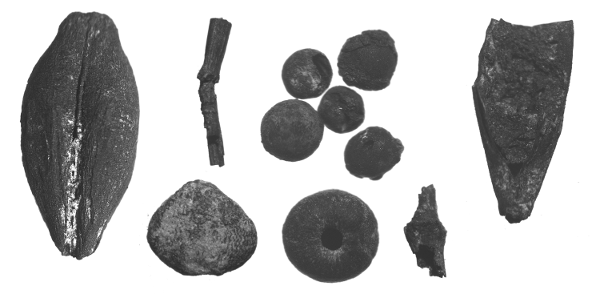
-
Zooarchaeology: palaeopathological analyses of cattle limb bones were undertaken to elucidate the spread of the mouldboard plough, while analyses of stable isotopes and oral pathologies in cattle and sheep remains shed new light on patterns in livestock diet, e.g. whether they were grazed mostly on arable.

-
Pollen analysis: a database of existing pollen records for early medieval England was compiled, and combined with original data from new pollen cores, to generate the first detailed palaeoecological models of land-use change for this period.
